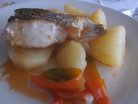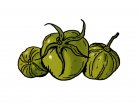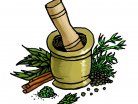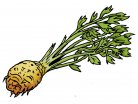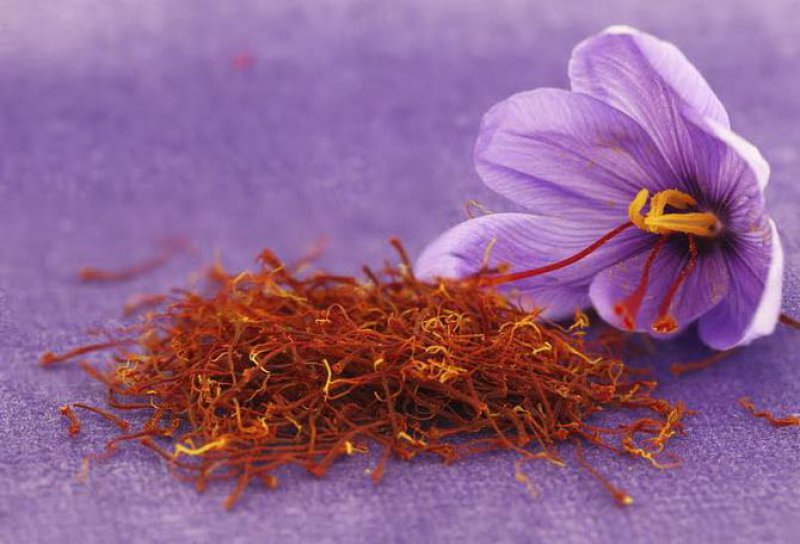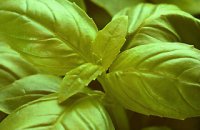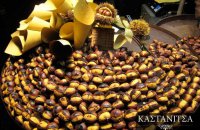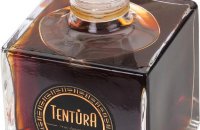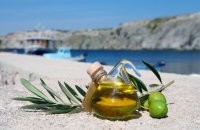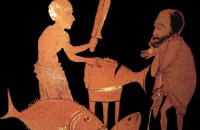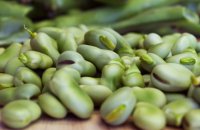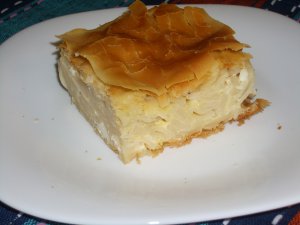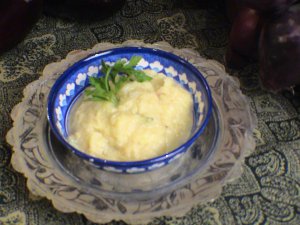In Ancient Greece it was used for mural painting; a very characteristic example is the yellow colour found on murals in Santorini. The very roots of its name can be traced back to the Arabic word for yellow.
A precious spice is made from the stamen of the Saffron flower. It is cultivated in only a few places around the world, among them, Kozani in Greece. Actually, Greek saffron is considered to be of better quality than the saffron produced in Iran or Spain, the other two countries with considerable saffron production.
For a kilo of saffron spice, 150,000-200,000 flowers are required; from these the stamen must be collected, dried, sorted according to their quality ,and packed. Packaging is always small, approximately 14gr, since the spice has an extremely intense colour and aroma. To flavour four portions of any dish with high quality saffron, ¼ of a gram is sufficient!
The only way to “handle” it appropriately is to soak a small quantity (1020 stamen) in 34 spoonfuls of lukewarm water, for a short time, so that it releases its colour, aroma and natural flavour. Take care not use hot water or oil. A neutral base is required to highlight the qualities of saffron and hence it goes well with rice, potatoes, pasta, white meat and fish; it may be combined with almost all other spices, but care is required with the dosage. On the market it is available in shreds or as a powder, and it can be found packaged in larger amounts for professional needs. In Greece it is found in many local products and dishes, such as tsipouro (a strong spirit), in biscuits, sauces and fish soups. In Spain it is added to paellas, in Italy to risotto Milanese and in France to bouillabaisse (fish soup).
(From the book Aromatiki Kouzina by Vaggelis Driskas, Patakis publications)
3 Gourmed recipes using saffron:
Lobster on spinach and noodles base with Saffron sauce
Tsipouro with saffron and lemon
Pearl Barley with Shrimps and Saffron
































